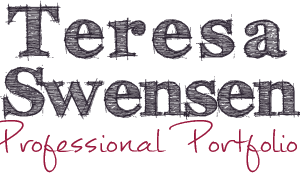Below is evidence towards focus area 6.4.
In 2019, I attended Writing Plus which was designed to improve Year 1-7 students’ writing. Writing Plus allowed participants to gain a deep understanding of the English language and how it works to make meaning. As a result of the course, I built a stronger knowledge of sentence, clause and word level grammar to meet the needs of teaching the Australian Curriculum: English. The course provided strategies to identify language features that students use and helped to inform me of what the next teaching steps would be. Additionally, it built on my ability to provide relevant feedback in order for students to improve their understanding and application of language.
As a result of undertaking this course I provided my year 3 students with a range of resources and started to build their understanding on simple, compound and complex sentences. I undertook a range of grammar lessons which were incorporated into the current unit of work to build on their knowledge of noun groups and the different types of verbs. As students gained an understanding of functional grammar they were able to initially locate the process, participant and circumstance in a clause and join clauses together with sub-coordinating conjunctions to build complex sentences. This was a goal for many of my year 3 students, as they were writing correct simple and compound sentences.








